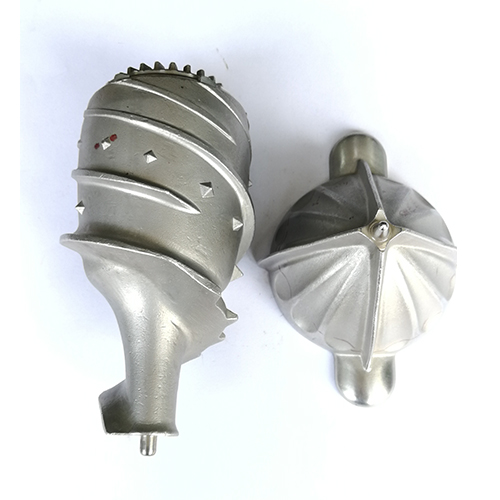
Tussah juice machine head
VariousPrecision castingIn the process of casting, in order to be able to cast high-quality cast steel, many requirements must be met in all aspects. Then, what are the requirements for cast steel during casting?
Under the conditions of casting speed of various precision castings, manufacturers can smoothly discharge the gas in the cavity, and can use high casting speed with the solidification of cast steel. The realization of sequential solidification of cast steel requires a low casting speed.
The pouring temperature of precision castings and the casting temperature of cast steel have a great influence on the quality of cast steel. The pouring temperature range should be determined according to the type and characteristics of cast steel structure and cast alloy. According to the reasonable choice of the carbon steel casting temperature model, the general pouring temperature is 1540-1580℃ (the temperature of the molten steel in the ladle).
Precision casting causes metal materials to cause plastic deformation. According to the temperature range of the deformation and the harm it causes, it is usually divided into cold deformation and thermal expansion. Cold deformation occurs at a lower temperature, causing cold work hardening and increasing its compressive strength and strength. Thermal expansion produces a higher temperature, and no change in compressive strength and strength can be seen after deformation.
The temperature boundary between cold deformation and thermal expansion varies with the system software of metal materials and aluminum alloys. The basic physics of the zone temperature is that the molecular self-diffusion rate is very high under the condition of thermal expansion, which can produce response and work hardening, which can counteract the effect of deformation and hardening. However, sufficient work hardening cannot be produced during cold deformation. The bottom is actually light-bottom cooling, the metal material structure after thermal expansion; and the characteristics of the characteristic transformation. In the first section, the mechanism and characteristics of metal materials after cold deformation are widely used in the production and processing of metal manufacturing.

